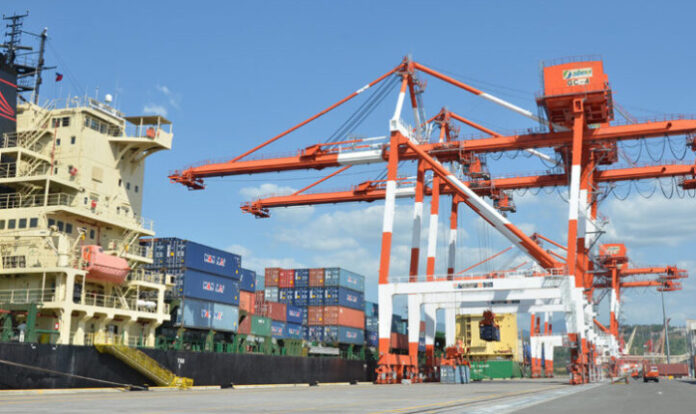
-
Southeast Asia-Far East contract rates have suffered deep cuts since January, but shipping prices to China have fallen while rates to Japan and Taiwan have shot up, Xeneta analyst says
-
Long-term rates from Southeast Asia to Far East tanked 12.8% to US$850/FEU, the first time it fell below $900 since October 2021
-
The analyst says there are trends that appear to suggest “friend-shoring” exists
Container shipping contract rates on the Southeast Asia-Far East trade have suffered deep cuts since January and are nearly closing the gap with falling spot prices, but an apparent “friend-shoring” is noticed as SEA-FE rates diverge, Xeneta ocean cargo analyst Mariana Garcia said in a blog on March 28.
As of March 21, the average long-term contract rate for cargo from Southeast Asia to the Far Eastern ports has fallen 12.8% to US$850 per 40-foot equivalent units (FEU), Garcia wrote, as she explored the factors that are influencing intra-Asian volume and container rates.
“Do geopolitical ties and world events have an impact on regional trade? Let’s take a look at a few rate trends that appear to be suggesting that ‘friend-shoring’ is occurring in the area,” Garcia said in her blog.
This was the first time since October 2021 that rates have fallen below $900, after peaking at $1,550 in August 2022, the analyst said.
In contrast, the sub-trades had similar long-term rate levels before the pandemic, however, the spread in rates has considerably widened in recent years, Garcia said.
“The sub-trades from Southeast Asia to China are currently the least expensive, while the sub-trades from the Southeast to Japan and Taiwan are now the most expensive,” Garcia said.
She said the difference in price between Southeast Asia-China and Southeast Asia-Japan was $375 per 40-foot container. Japan reports the highest rate at $1,100/FEU.
“The fact that there is no longer a significant difference between contract and spot rates on the Southeast Asia to Far East trade is another intriguing point to note,” the analyst said.
Shippers have been paying an average of $250/FEU, or 25% more, for a long-term contract than for a spot rate on January 1. On March 21, the premium was down to $10, she said.
The difference between the long-term and spot rates on the Southeast Asia-Taiwan is $170.
Garcia said one reason for the decline in rates into China is the manner carriers have chosen to handle problems caused by pandemic restrictions and congestion. Because of China’s vastness, carriers frequently preferred calling there to avoid further delays, which led them to offer lower prices.
“China’s trade patterns provide an intriguing window into the political and economic landscape of the nation. A higher-level perspective of China’s standing as the least expensive source of imports from Southeast Asia offers insight into changes in the region over the past few years,” the analyst said.
The rate situation on the Asia-Europe trade is more consistent with the trend of contract prices falling significantly towards the pre-pandemic levels three years ago due to excess capacity and soft demand.




